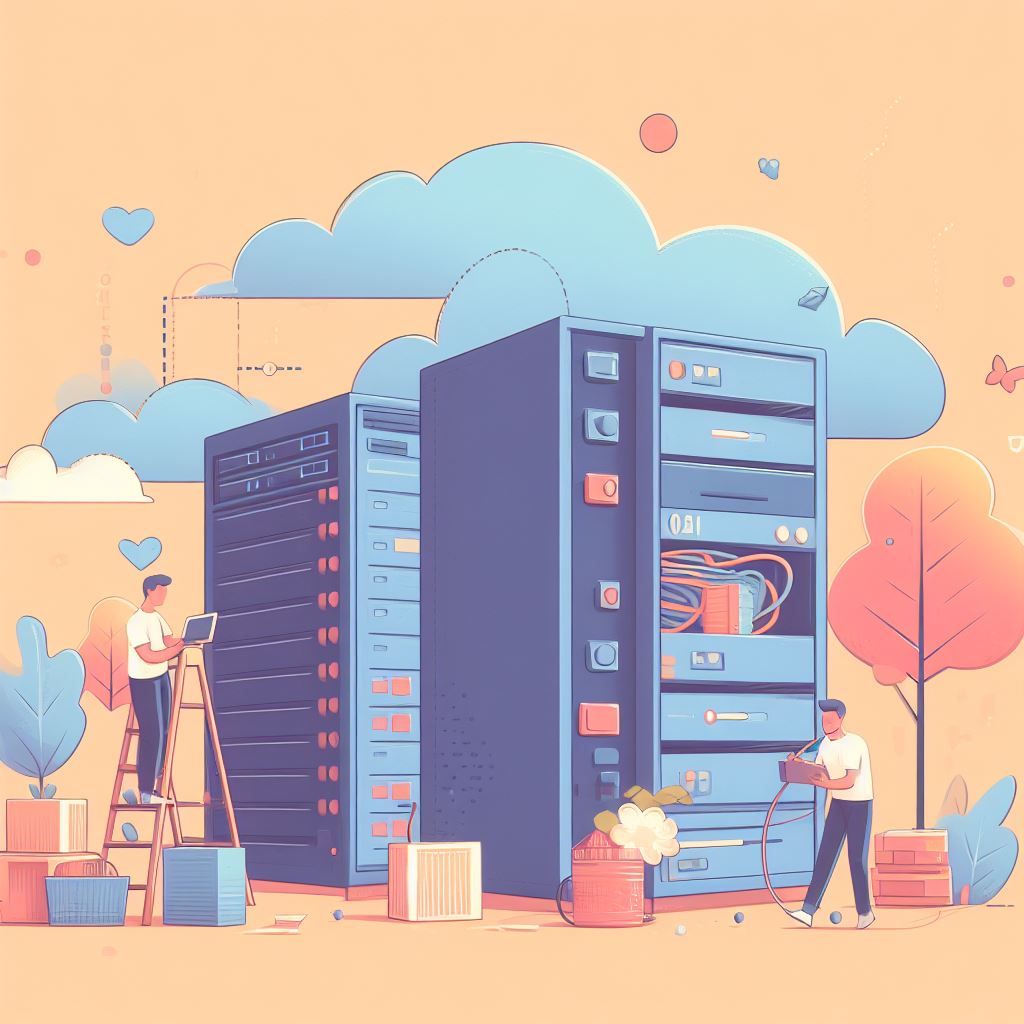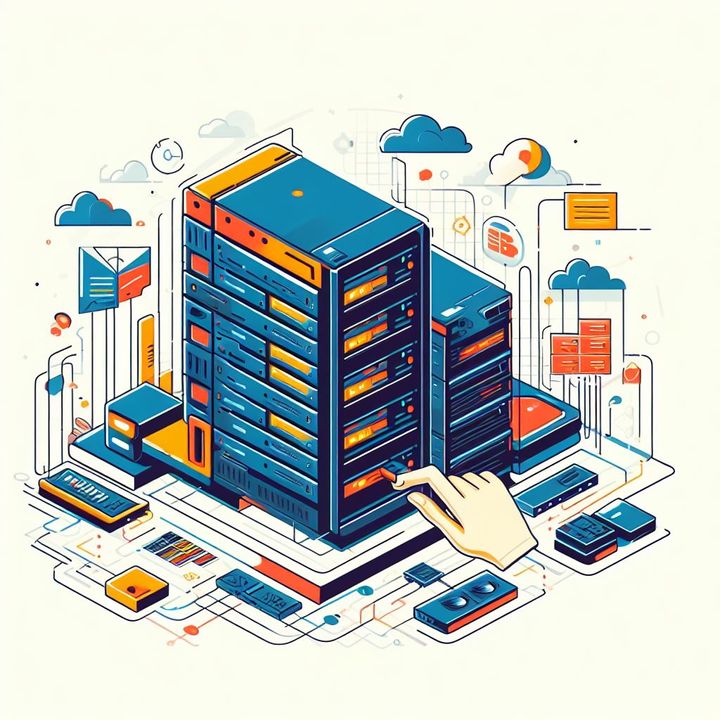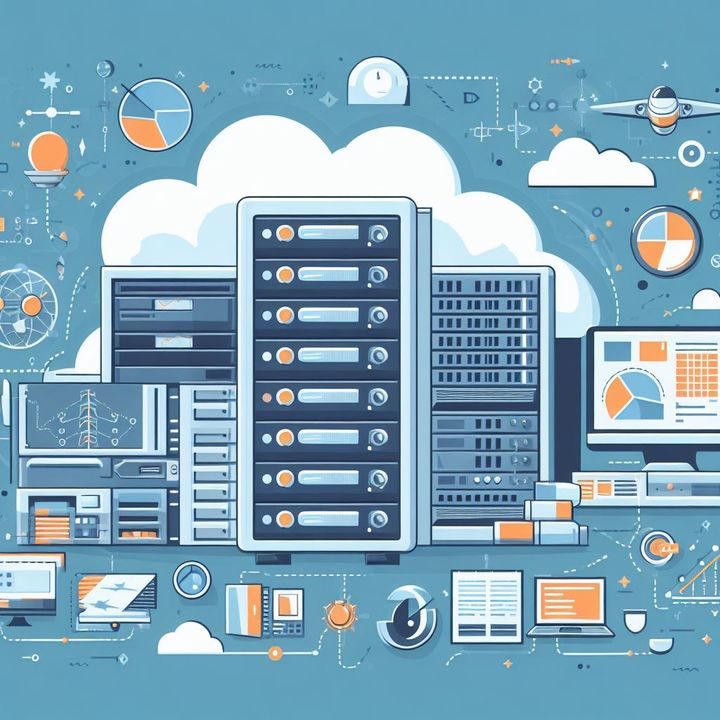How to Optimize Your Dedicated Server for Content Management Systems (CMS)

Optimizing a dedicated server for Content Management Systems (CMS) involves several steps to ensure that your website or application runs smoothly and efficiently. Below are some best practices to follow:
- Choose a High-Quality Hosting Provider:
- Select a reputable hosting provider with a strong track record of uptime, performance, and customer support. Look for providers that specialize in hosting CMS platforms.
- Select the Right Server Hardware:
- Ensure that your server hardware meets the requirements of the CMS you're using. Consider factors like CPU power, RAM, storage type, and disk space.
- Update Software and Operating System:
- Keep your server's operating system, CMS, plugins, and other software up-to-date. This helps ensure security, stability, and performance improvements.
- Optimize Database Configuration:
- CMS platforms rely heavily on databases. Optimize the database server by configuring it for better performance. This includes optimizing settings like buffer sizes, cache settings, and query optimization.
- Implement Caching:
- Implement caching mechanisms to reduce server load and improve response times. Tools like Redis, Memcached, or built-in CMS caching features can help.
- Enable Content Compression:
- Use tools like Gzip or Brotli to compress content before it's sent to the browser. This reduces the amount of data transferred and speeds up page loading times.
- Minimize HTTP Requests:
- Reduce the number of HTTP requests needed to load a page. Combine CSS and JavaScript files, use CSS sprites, and reduce the number of external resources.
- Optimize Images and Media:
- Compress images and videos without compromising quality. Use formats like JPEG, PNG, or WebP for images. Leverage lazy loading for images and videos.
- Utilize Content Delivery Networks (CDNs):
- Implement a CDN to distribute content across multiple servers and locations. This reduces the distance between the user and the server, improving load times.
- Secure Your Server:
- Apply security best practices, including regular updates, strong passwords, and firewall configurations. Implement HTTPS with an SSL certificate for encrypted data transmission.
- Monitor Server Performance:
- Utilize monitoring tools to keep an eye on server resources, such as CPU, RAM, disk usage, and network traffic. This helps identify and address performance issues proactively.
- Optimize Web Server Configuration:
- Fine-tune web server settings (e.g., Apache, Nginx) for the specific requirements of your CMS. This might include adjusting worker processes, timeouts, and connection limits.
- Disable Unnecessary Services:
- Turn off any services or modules that are not required for the operation of your CMS. This helps free up server resources.
- Implement Caching Plugins/Modules:
- Many CMS platforms have caching plugins or modules available. These can significantly improve performance by generating static versions of dynamic content.
- Regularly Backup Your Data:
- Implement a robust backup strategy to ensure that your data is protected in case of unexpected events or server failures.
Remember to test performance after making any significant changes to ensure that the optimizations are having the desired effect. Additionally, consider consulting with a server administrator or a hosting provider for specific recommendations tailored to your CMS and server configuration.



